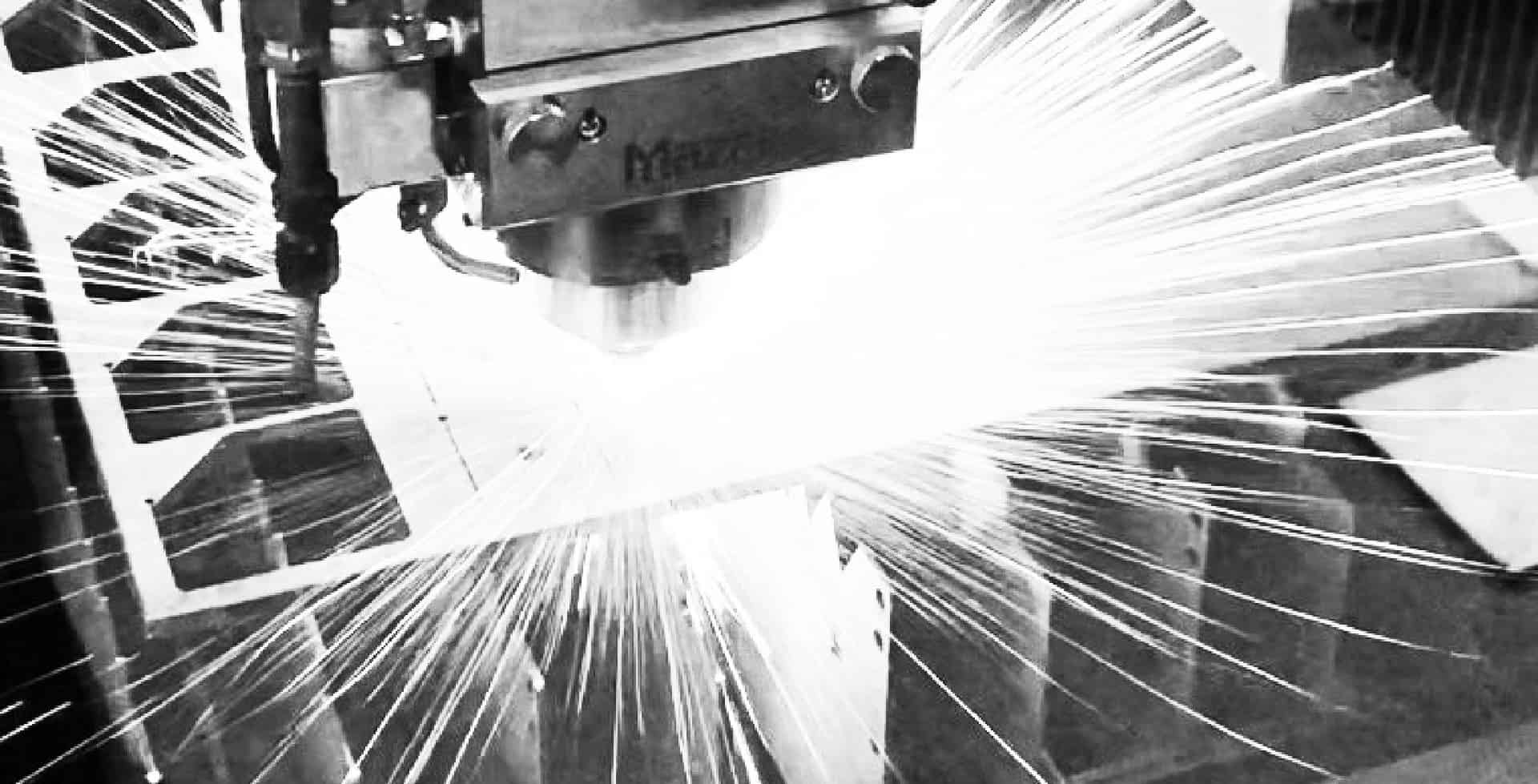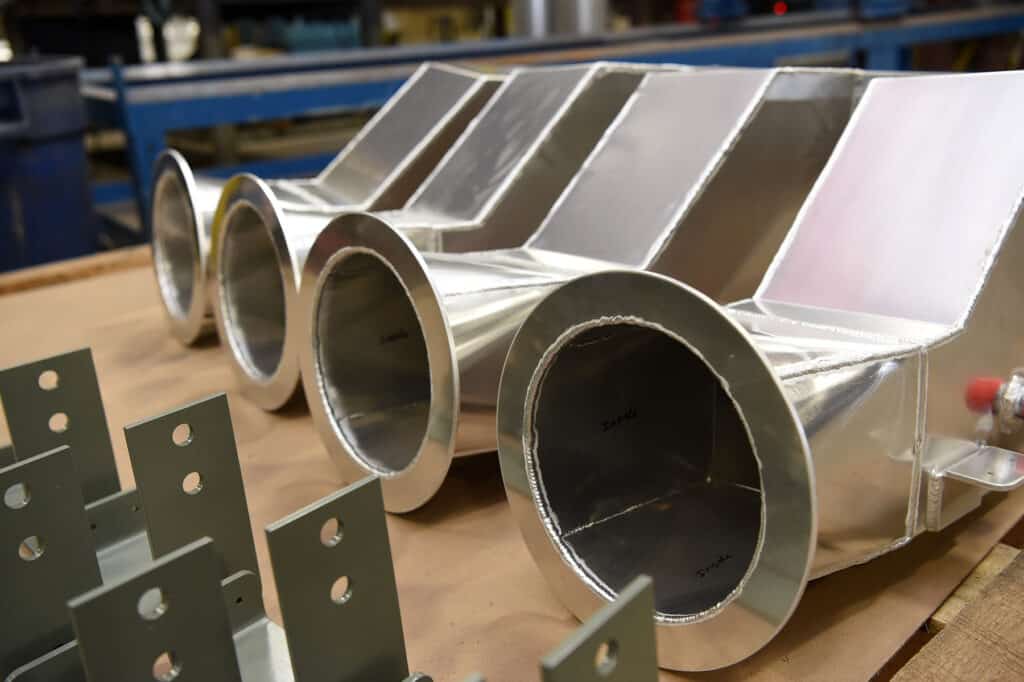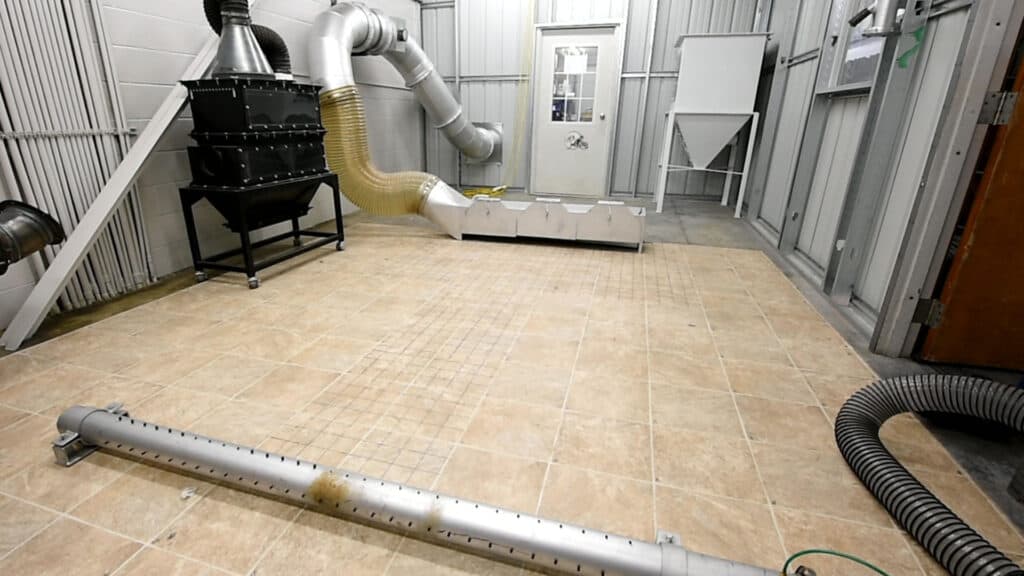The Ingenuity and Engineering of Dust Collector Hood Design

When it comes to industrial ventilation system design, the hood is the most crucial piece to ensuring the system functions effectively. Why? Because that is the critical point where particulates are captured and removed, leaving behind a cleaner, safer working environment. To ensure hoods fit a facility and its manufacturing process, dust collection hood design takes a delicate balance of engineering and ingenuity.
Dust Collector Hood Types
Along with size and airflow rate, good hood design relies on the type of hood and where it’s located in relation to the manufacturing process. There are two primary types of dust collection hoods: enclosing hoods and capturing hoods.
Enclosing hood
An enclosing hood keeps the contaminant within the hood. These hoods completely or partially enclose a process so particulates cannot escape.
Capturing hood
A capturing hood is located next to the contaminant source. These hoods must be designed to draw and capture contaminant from outside the hood.
At IVI, we begin each design with the intent to use enclosing hoods, if possible, as they are better at helping to eliminate fine particulates, toxic contaminants and more. They also take less energy to do the job effectively.

IVI’s Approach to Industrial Dust Collector Hood Design
Because hoods are so crucial to a dust collection system’s functionality, we treat each of our dust collection hood design projects as unique. In other words, we never copy hoods from project to project. Instead, we consider the combination of the contaminant—its density, size and toxicity—along with the manufacturing process. That’s where ingenuity and engineering come into play. The ingenuity is making sure the dust collection hoods fit within customers’ applications and needs. The engineering is using proven industry equations to determine volumetric flow rate.
We start many projects with computational fluid dynamics (CFD) modeling to visualize air flow patterns and determine capture velocities within the hoods and to measure pressure drops.

In addition to CFD modeling, we also use our R&D test lab to simulate real-world applications. In the lab, we test either full-size or small-scale models to ensure they capture contaminants effectively before we fabricate and install full-size hoods.
Issues with Improper Dust Collector Hood Design
We’ve seen first-hand the effects of improper hood design. The most common hood design error we see in the industry is placing the hood too far away from the where the contaminant is generated. A hood’s primary purpose is removal of dust and other particulates from the process. When a hood doesn’t do that properly, issues multiply.
We’ve seen a specific instance of this in a tissue converting application where dust was settling on top of the hood rather than being pushed into the hood. This accumulating dust is hazardous for two reasons: It is a risk for fire and employees’ health and safety. In an industry where stringent production schedules rely on little downtime, maintenance crews had to stop production to clean the accumulated dust. It was a clear case of a dust collection hood not meeting design goals.
One Source for Dust Collector Hood Fabrication, Design
At IVI, we believe metal fabrication is as important as hood design. When building our hoods, we use abrasion-resistant or heavy-gauge materials to ensure they stand up to applications where particulates may cause wear and tear. In addition to ensuring we have smooth welds that won’t trap dust, we also use our fiber optic laser to accurately and precisely cut slots out of our hoods. Our laser cutter not only leaves the finished product looking aesthetically better, it also ensures a more accurate slot for better performance.
If you have noticed dust buildup in your facility, an improperly designed hood may be the cause. Contact us to see how our dust collection hood design experts can help make your facility and manufacturing process cleaner and safer.